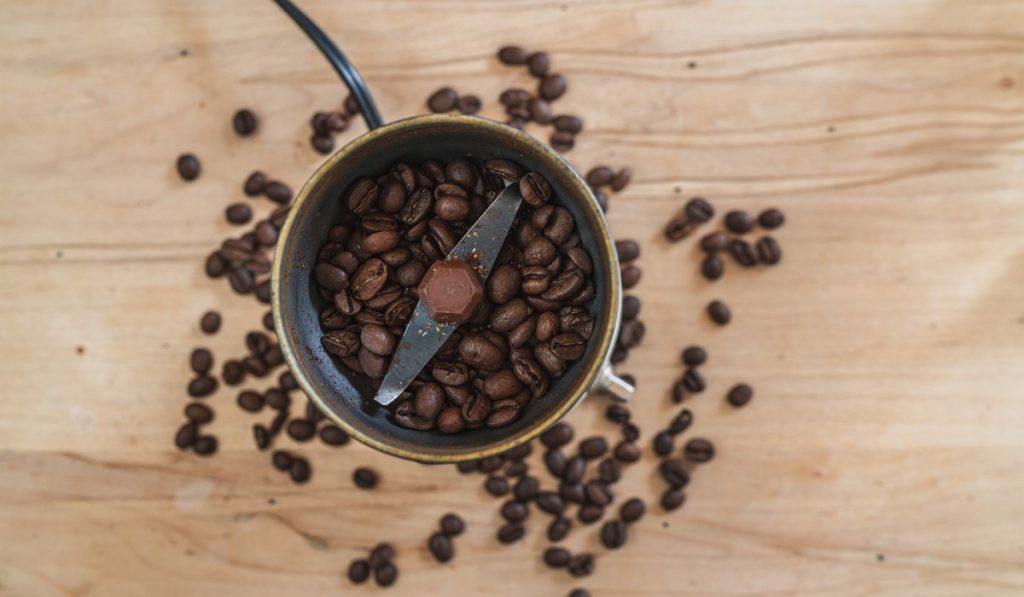Burr Grinder vs Blade Grinder: Which Is Better for Making the Best Cup Coffee?

Are you looking to make the perfect cup of coffee? If so, then you’ll need to invest in a quality coffee grinder. Coffee grinders are essential for grinding coffee beans into the ideal consistency for making coffee. With all the different types of grinders out there, it can be hard to know which one is best for you.
In this post, we’ll explore the differences between a burr grinder and a blade grinder. We’ll discuss their advantages and disadvantages and which one might be better suited to your needs. So get ready for a cup of freshly ground coffee, because we’re about to dive into the world of grinders.
Burr Grinders
Types of Blade Grinders
Burr grinders come in two main types, including flat burr and conical burr. Flat burr grinders are more common and produce grounds with little difference in size, which is ideal for espresso and other espresso-based drinks. Conical burr grinders are less common, but they are usually quieter and more consistent than flat burr grinders.
Benefits of Burr Grinders
Burr grinders are typically more expensive than blade grinders, but they can also deliver higher-quality grounds with greater consistency in size. This makes them ideal for coffee enthusiasts who want a perfect cup and don’t mind spending a bit more to get it right. The ability to adjust settings on most burr grinders allows users to tailor their grind size and texture to suit their individual preferences as well as various styles of brewing.
Blade Grinders
Types of Blade Grinders
Blade grinders are the most common type of grinder on the market. These devices feature two blades that rotate at high speeds within a chamber filled with beans to break them down into small pieces.
Benefits of Blade Grinders
The main benefit of blade grinders is that they are typically much cheaper than burr grinders and require less maintenance. Blade grinders are usually smaller in size, making them easier to store on your countertop or shelf without taking up too much space. Some blade grinders offer a variable speed setting, which allows you to control how finely you want your grounds, something that is usually not possible with a burr grinder.
Comparison
Size, Capacity, and Price
In terms of size, blade grinders are generally smaller than burr grinders and much easier to store on your countertop or shelf. Blade grinders have a much smaller capacity for grinding beans, so if you plan on grinding larger amounts of coffee at once, you may have to go with a larger burr grinder instead. When it comes to price, blade grinders tend to be much cheaper than burr ones, although sometimes you get what you pay for.
Grind Consistency and Quality
When it comes to grinding consistency and quality, burr grinders usually win due to their ability to provide a more uniform grind size. With a blade grinder, you often get inconsistent grounds which may taste bitter depending on how long they were ground.
Ease of Use
In terms of ease of use, blade grinders have the edge over burr ones, since all you have to do is put your beans in the container, press a button, and wait for them to be ground up. If you want greater control over how finely your beans are ground, then a burr grinder might be the better option due to its adjustable settings.
Conclusion
As you can see, there are some clear differences between burr grinders and blade grinders. Burr grinders tend to be more expensive, offer greater control over the grind size and texture, and generally produce higher-quality grounds with greater consistency in size. Blade grinders are usually much cheaper, are smaller in size, require less maintenance, and offer a variable speed setting that allows you to control how finely your beans are ground. Whichever grinder you choose, make sure it’s the one that best suits your needs and preferences.